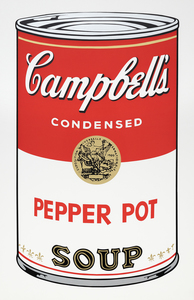TOM WESSELMANN (1931-2004)
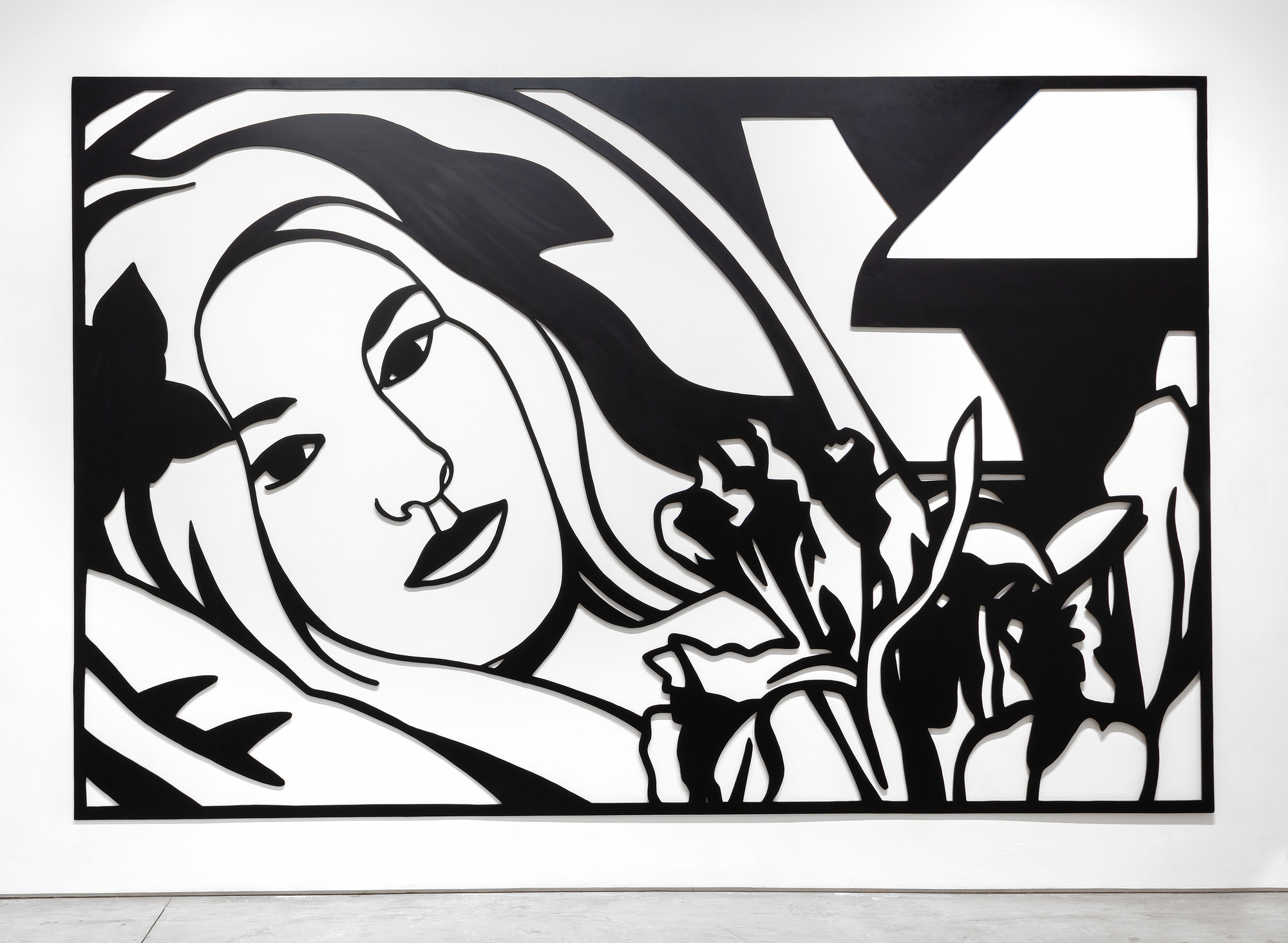
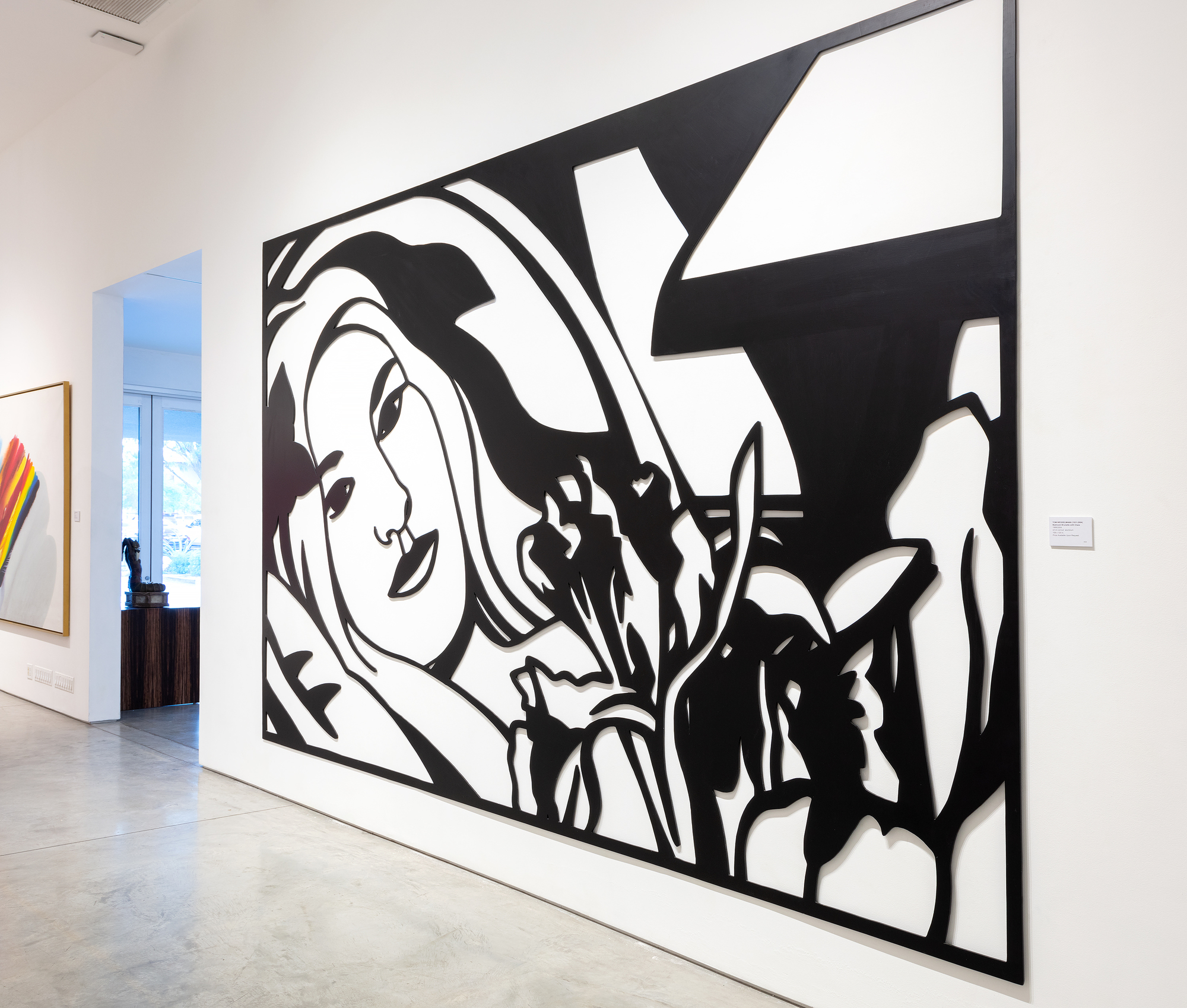

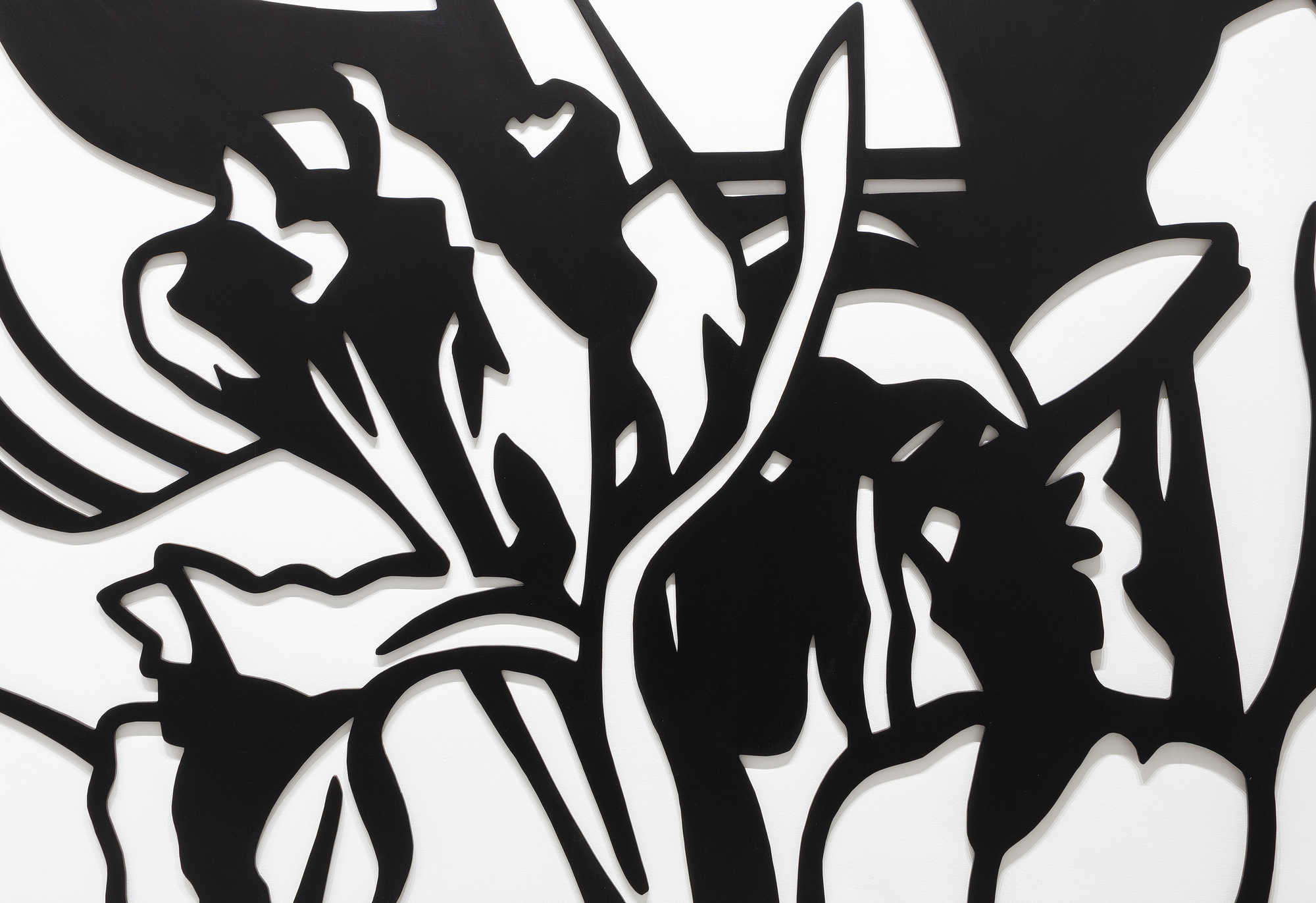
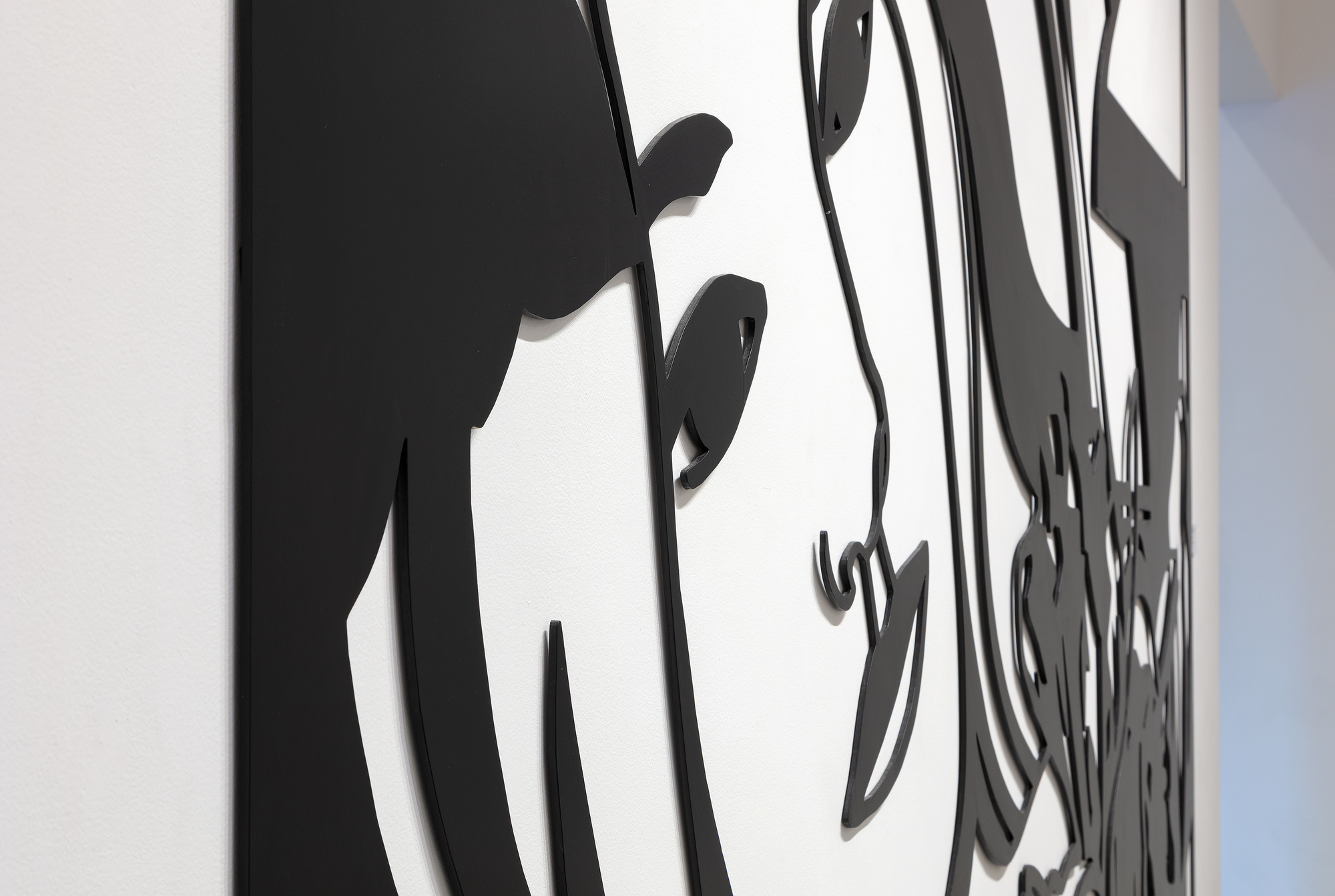
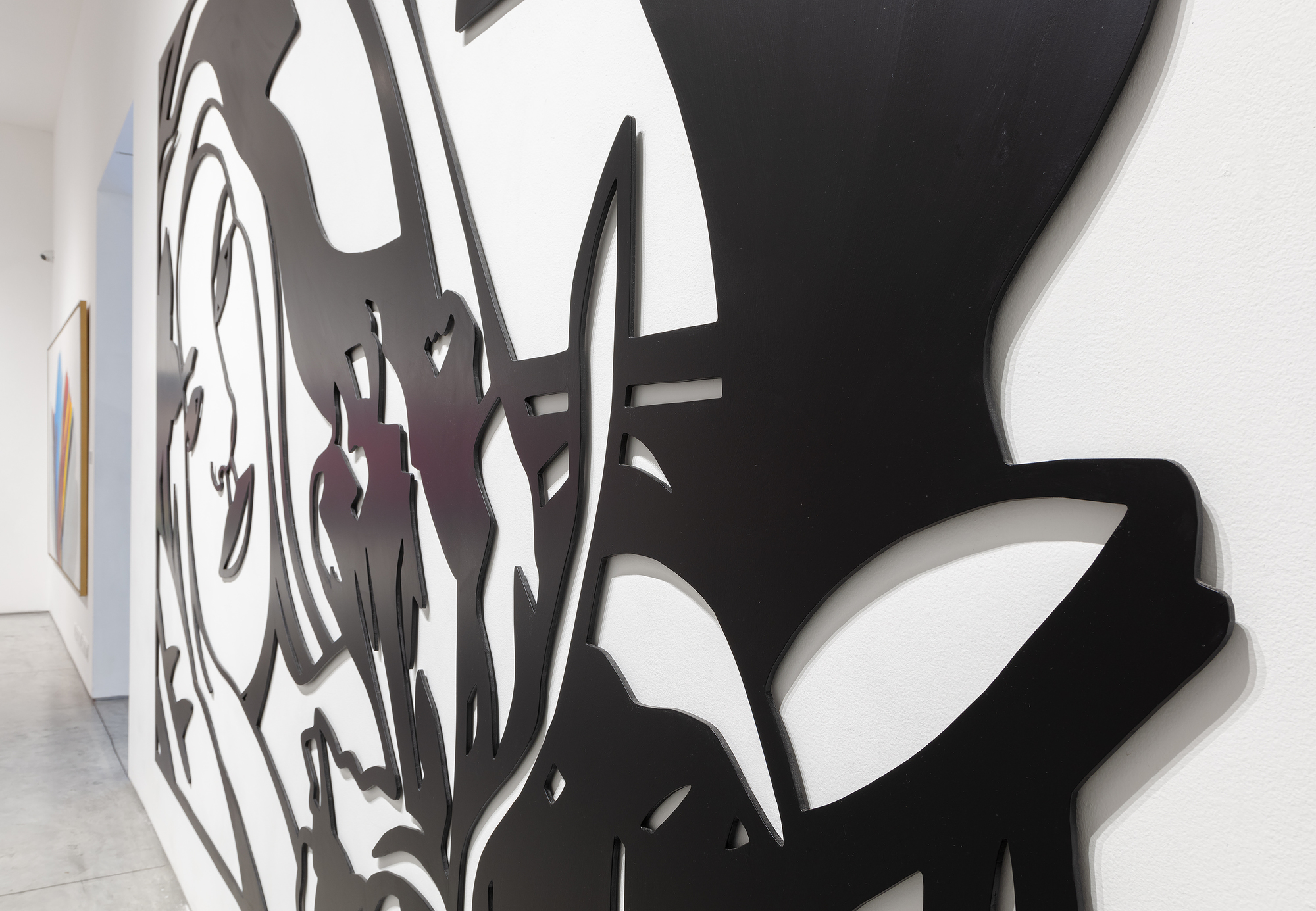
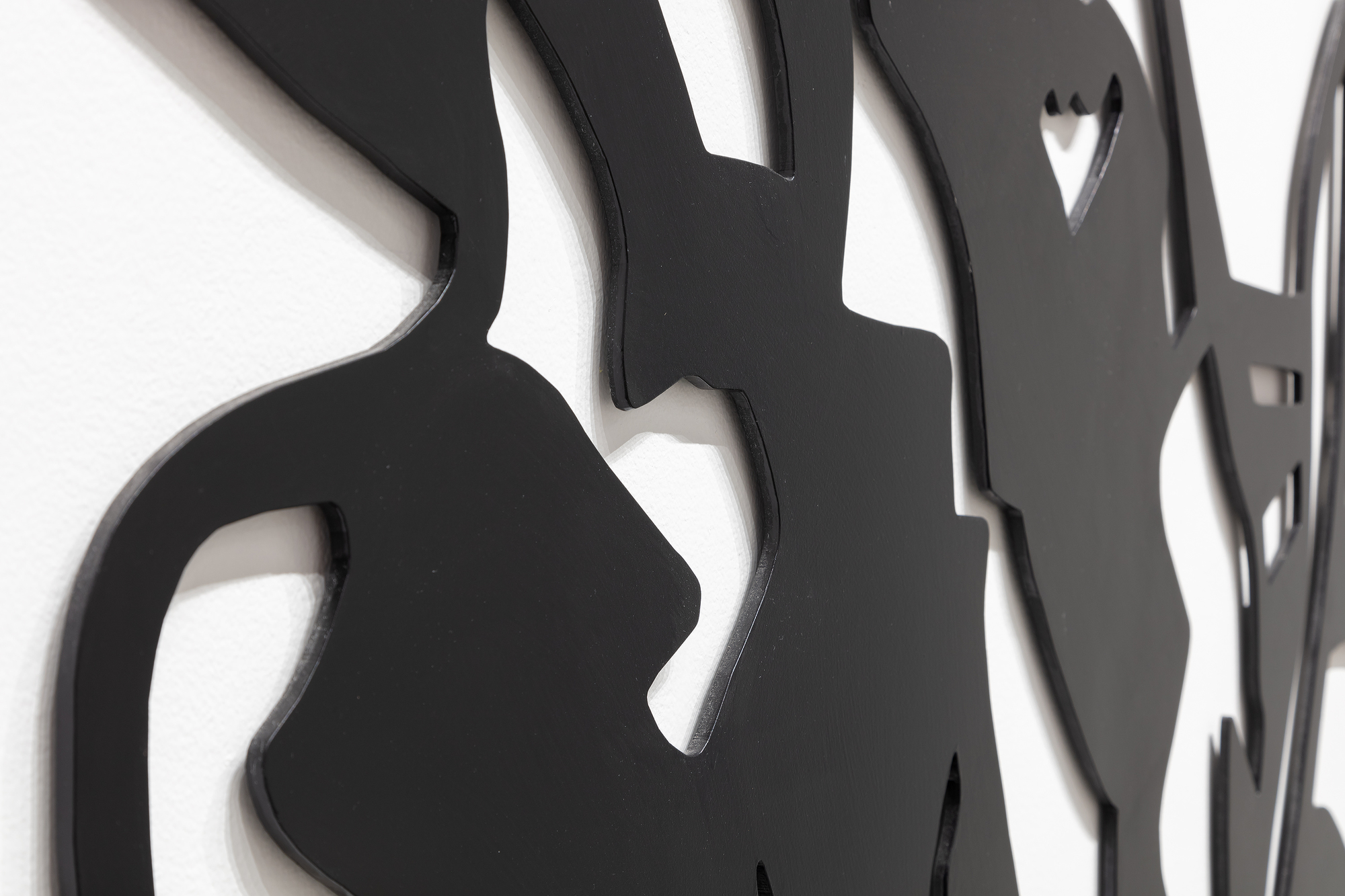
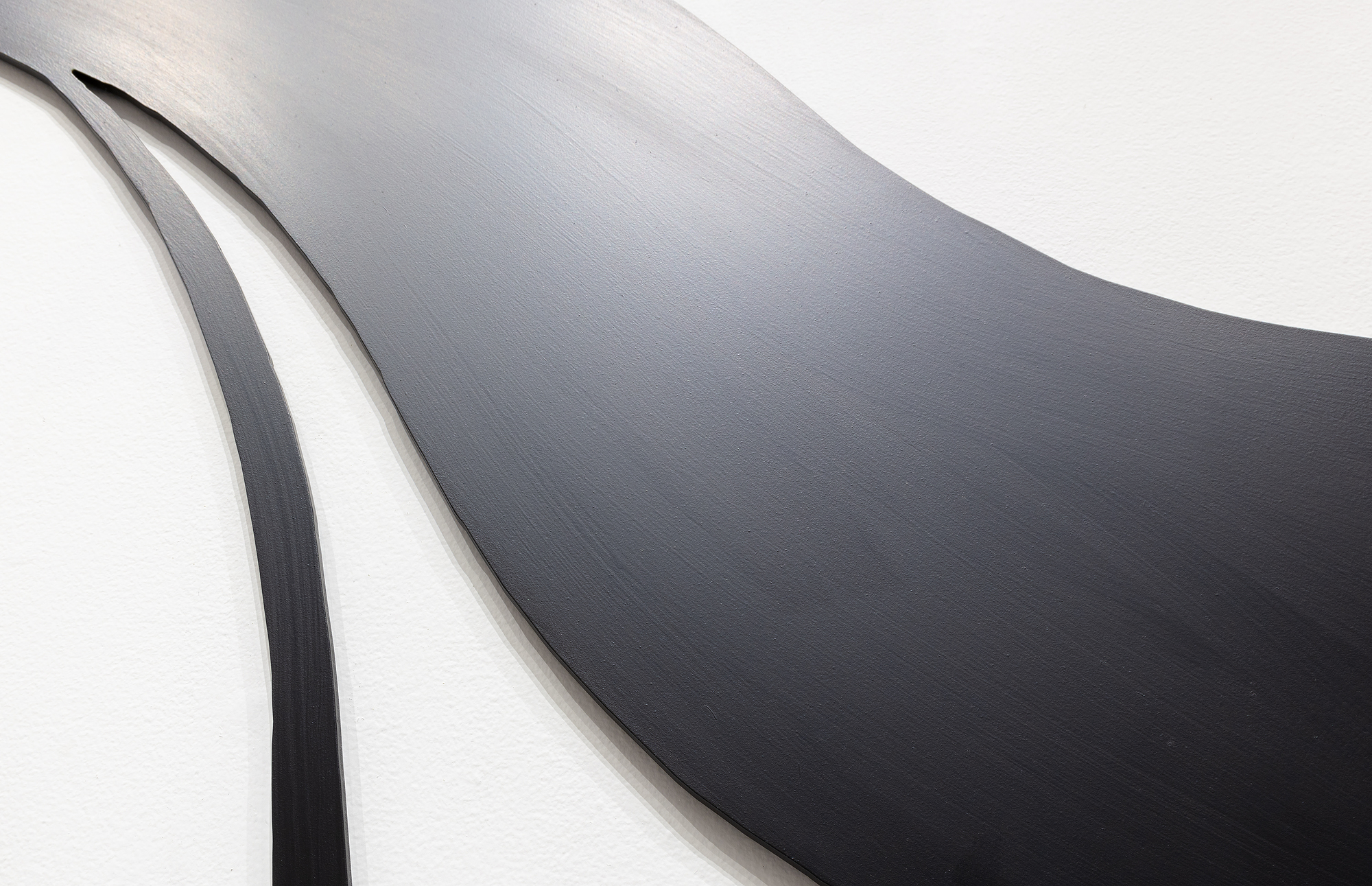
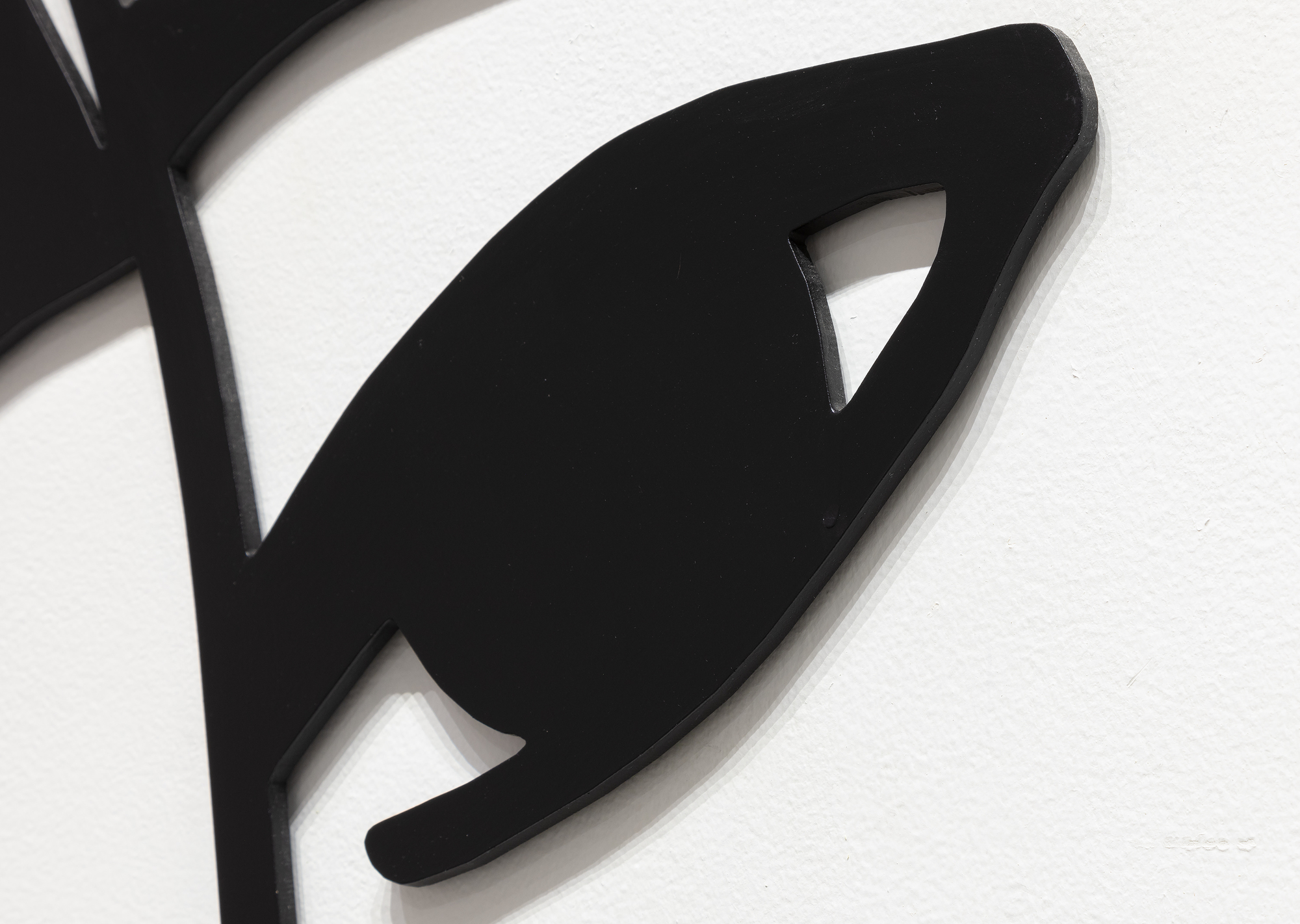
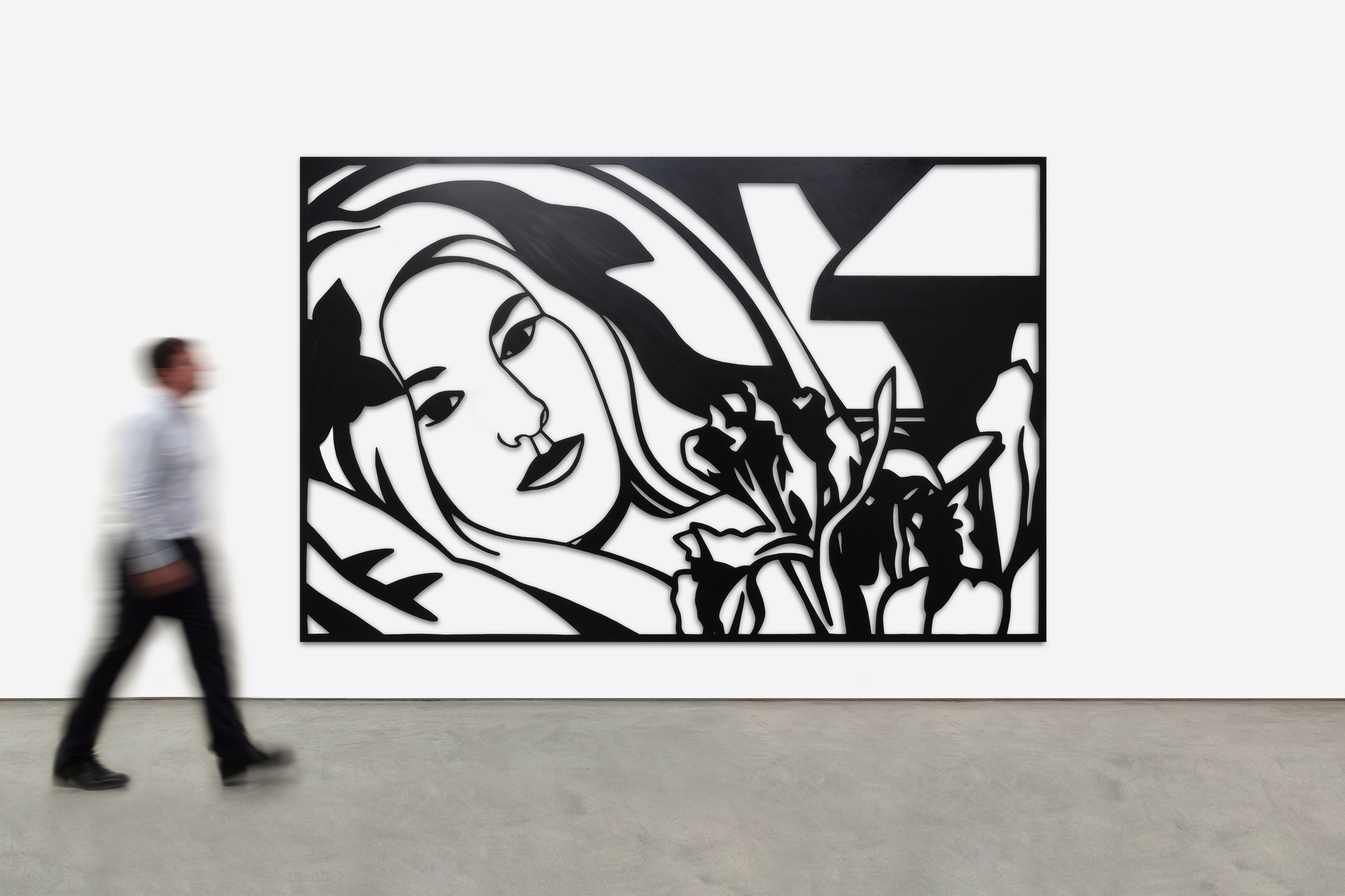
Provenance
Robert Miller GalleryPrivate Collection, New York, 2004
Exhibition
Wesselmann, T., Aquin, S., Montreal Museum of Fine Arts (2012), Tom WesselmannMunich: Prestel
New York, Robert Miller Gallery, Tom Wesselmann: Sunset Nudes, March 9–April 22, 2006 (color ill.)
Rome, Museo d'Arte Contemporanea Roma, Tom Wesselmann, June 8–September 18, 2005 (color ill. pp. 174–75)
Paris, Fondation Louis Vuitton, Pop Forever: Tom Wesselmann…, October 16, 2024 – February 24, 2025 (color ill. pp. 206-07)
Literature
John Wilmerding, Tom Wesselman...More...n: His Voice and Vision (New York: Rizzoli International Publications, 2008), p. 253 (color ill. pp. 248–49, as "Bedroom Brunette with Irises, 1988/04")Fondation Louis Vuitton, Pop Forever: Tom Wesselmann… (Paris: Éditions Gallimard, 2024), color ill. pp. 206-07, as Bedroom Brunette with Irises, 1988-2004
John Wilmerding, Tom Wesselmann: His Voice and Vision, New York: Rizzoli International Publications, 2008, p. 253 (color ill. Pp. 248-49, as Bedroom Brunette with Irises, 1988/04)
Wildenstein Plattner Institute, Inc. Tom Wesselmann Digital Corpus, edited and compiled for the Tom Wesselmann Digital Catalogue Raisonné Project, digitalprojects.wpi.art/wesselmann, registration no. 28(A)S-2
...LESS... Price1,325,000
History
Tom Wesselmann will undoubtedly be remembered for associating his erotic themes with the colors of the American flag. But Wesselmann had considerable gifts as a draftsman, and the line was his principal preoccupation, first as a cartoonist and later as an ardent admirer of Matisse. That he also pioneered a method of turning drawings into laser-cut steel wall reliefs proved a revelation. He began to focus ever more on drawing for the sake of drawing, enchanted that the new medium could be lifted and held: “It really is like being able to pick up a delicate line drawing from the paper.”
The Steel Drawings caused both excitement and confusion in the art world. After acquiring one of the ground-breaking works in 1985, the Whitney Museum of American Art wrote Wesselmann wondering if it should be cataloged as a drawing or a sculpture. The work had caused such a stir that when Eric Fischl visited Wesselmann at his studio and saw steel-cut works for the first time, he remembered feeling jealous. He wanted to try it but dared not. It was clear: ‘Tom owned the technique completely.’
Wesselmann owed much of that technique to his year-long collaboration with metalwork fabricator Alfred Lippincott. Together, in 1984 they honed a method for cutting the steel with a laser that provided the precision he needed to show the spontaneity of his sketches. Wesselmann called it ‘the best year of my life’, elated at the results that he never fully achieved with aluminum that required each shape be hand-cut. “I anticipated how exciting it would be for me to get a drawing back in steel. I could hold it in my hands. I could pick it up by the lines…it was so exciting…a kind of near ecstasy, anyway, but there’s really been something about the new work that grabbed me.”
MoreMARKET INSIGHTS
- Since 1976 Wesselmann’s market has grown with a 5.6% annual rate of return.
- Bedroom Brunette with Irises is among the largest works by the artist to come on to the market
- Wesselmann conceived of this piece in 1988 and had it fabricated in 2004 just before his death in December of that year – it is among his last great works.
- Wesselmann’s female figures are among his most desirable and most sought-after subject matter
- This piece has been in the same private collection since it was created.
Top Results at Auction
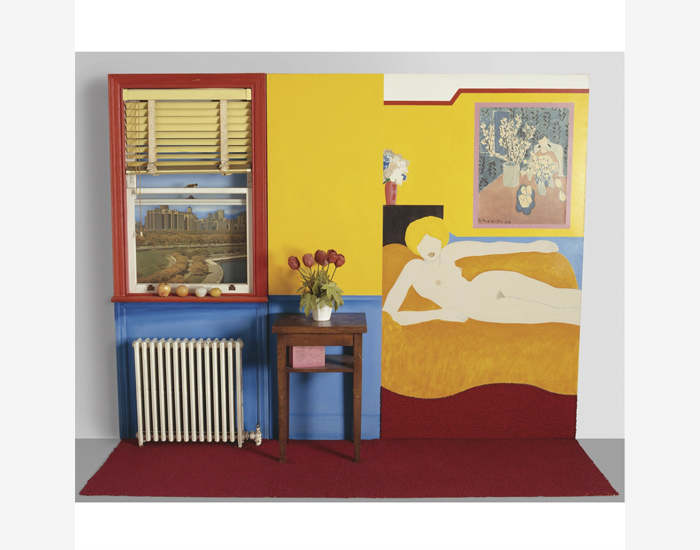
“Great American Nude no. 48” (1963) sold for $10,681,000.
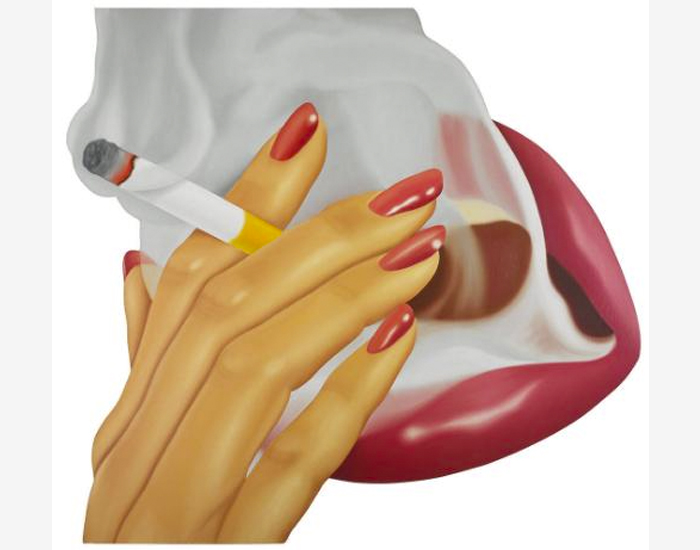
“Smoker #9” (1973) sold for $6,761,000.

“Smoker #17” (1973) sold for $5,864,000.
Comparable Works Sold at Auction

“Still Life with Four Lizes” (1991) sold for $2,070,000.
- Comparable medium, and our piece more than twice the size of this one
- While it has color, it does not have the same female imagery that is so iconic within Wesselmann’s oeuvre
- Sold for over $2M which is $380 per square inch, while Bedroom Brunette with Irises is only $115 per square inch which is 1/3 the price overall
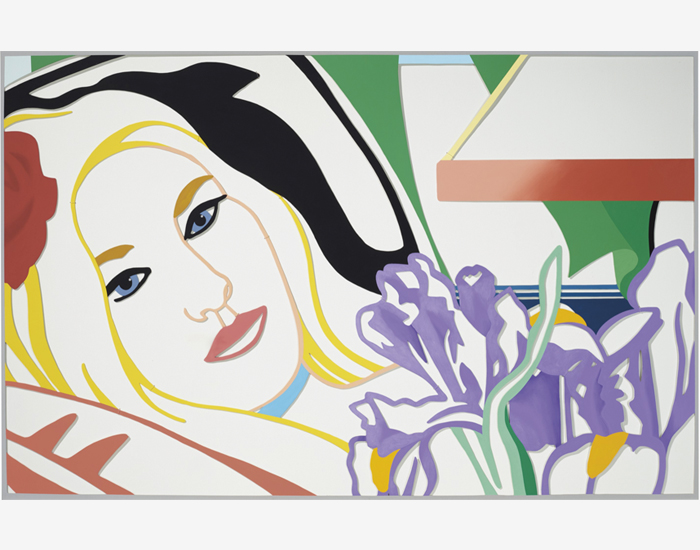
“Bedroom Blonde with Iris” (1987) sold for $399,000.
- This artwork is 1/3 of the size of ours with the same imagery
- Sold in November 2019 for $399,000 which was more than double its $180,000 high estimate, a testament to the increasing strength of Wesselmann’s market

“Reverse Drawing: Bedroom Blonde with Irises” (1993) for $489,428.
- A comparable subject, though only a work on paper and half the size of our piece
- Sold for nearly half a million dollars in February 2020
Works in Museum Collections
Whitney Museum of Art, New York
Smithsonian American Art Museum, Washington D.C.
The Art Institute of Chicago
Additional Resources
Beyond Pop Art
The Most Famous Pop Artist You Don’t Know
Tom Wesselmann's Great American Nude #53
Inquire
You May Also Like




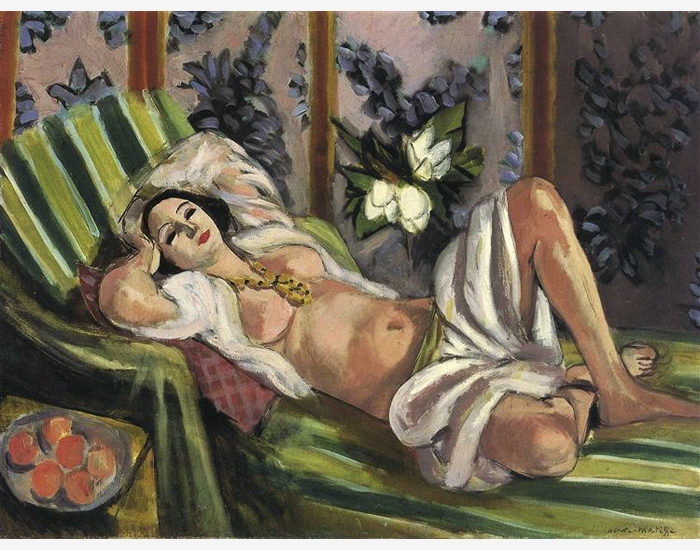








_tn47012.jpg )
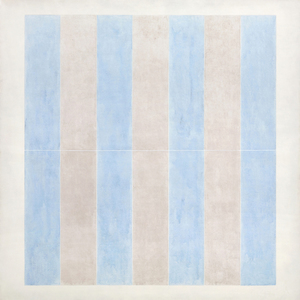
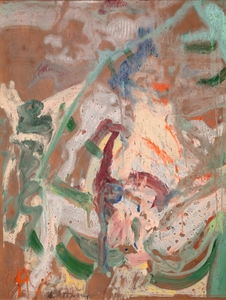


_tn31465.b.jpg )
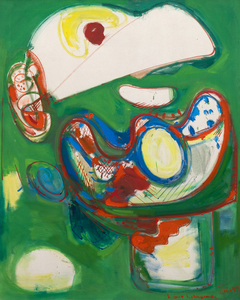
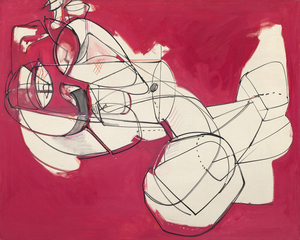
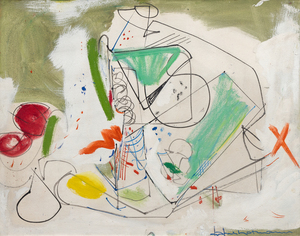


_tn27843.jpg )
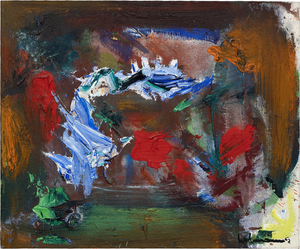
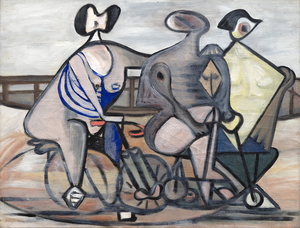
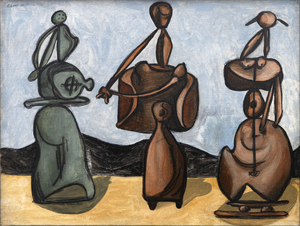
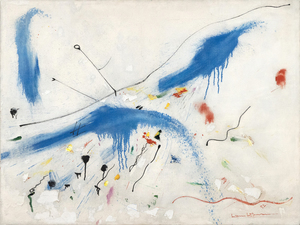

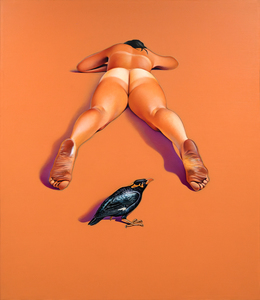
_tn46214.jpg )
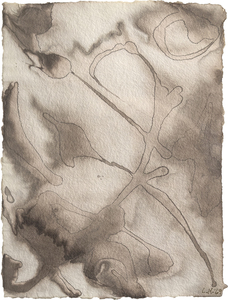
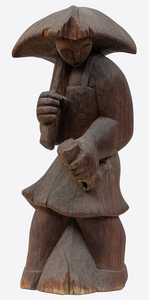
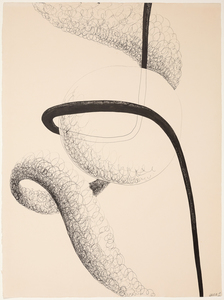
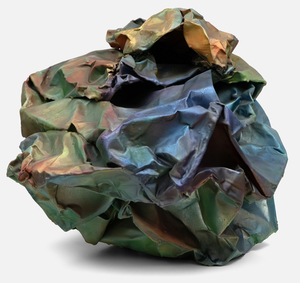

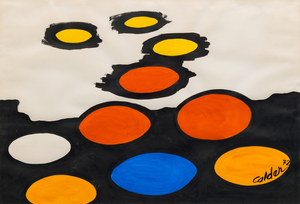
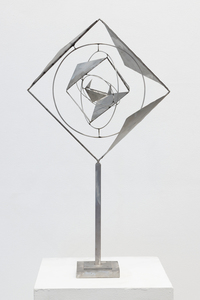
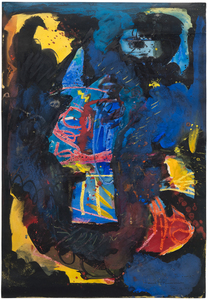
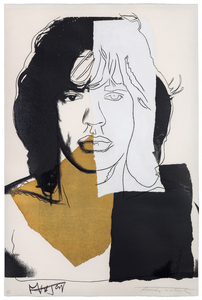
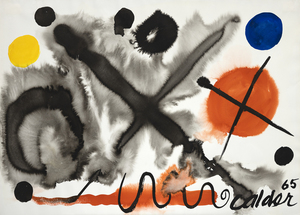
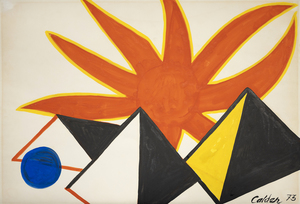
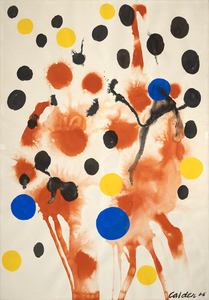
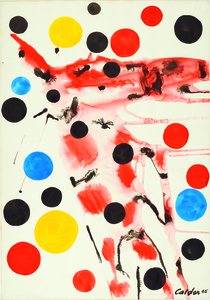
_tn39239.jpg )
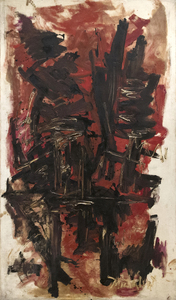
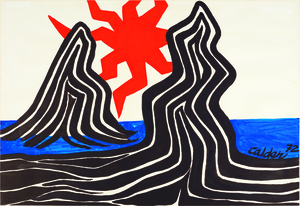
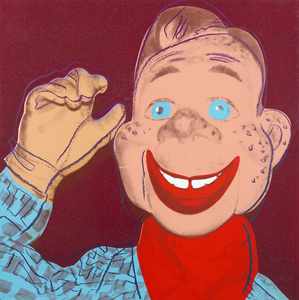
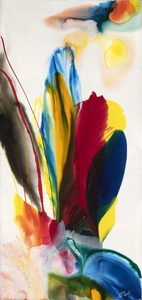
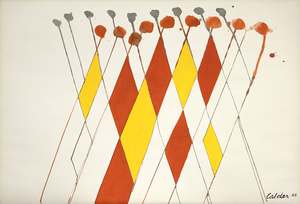
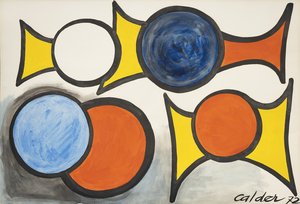
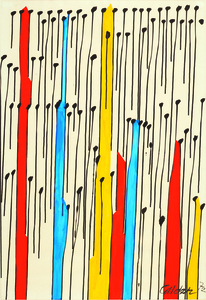
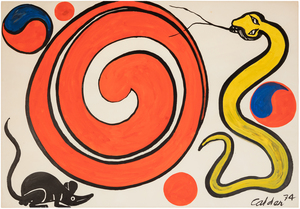
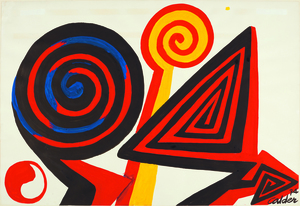
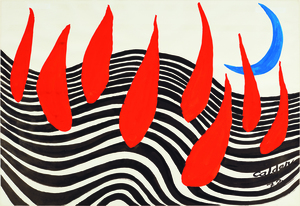
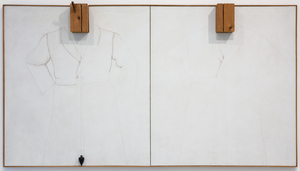
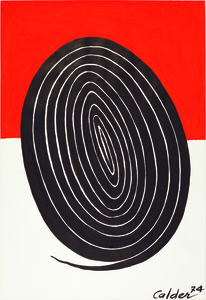
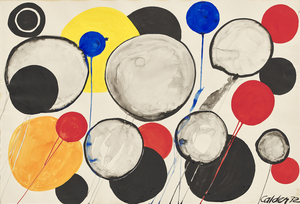
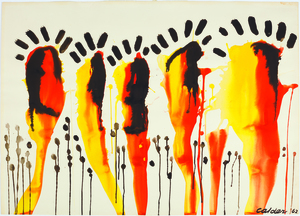
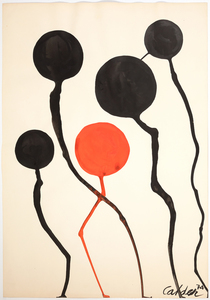
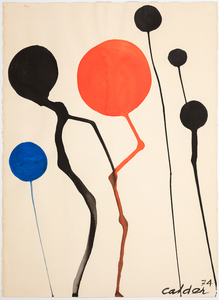

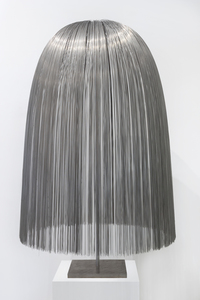
_tn47464.jpg )
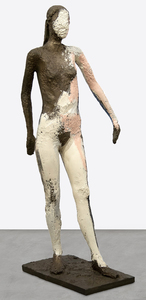
_tn46213.jpg )
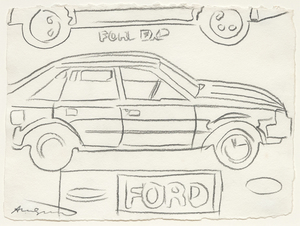
_tn27989.jpg )
_tn47033.jpg )
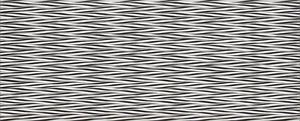
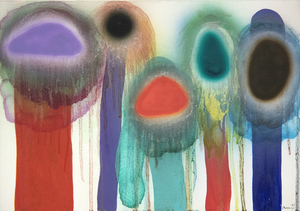
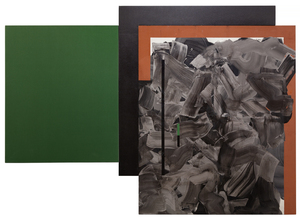
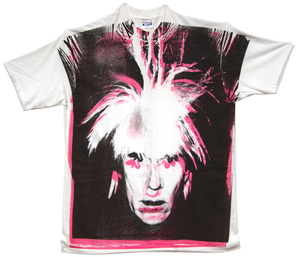
_kuwayama_b-139_tn16773.b.jpg )
_tn22479.jpg )
